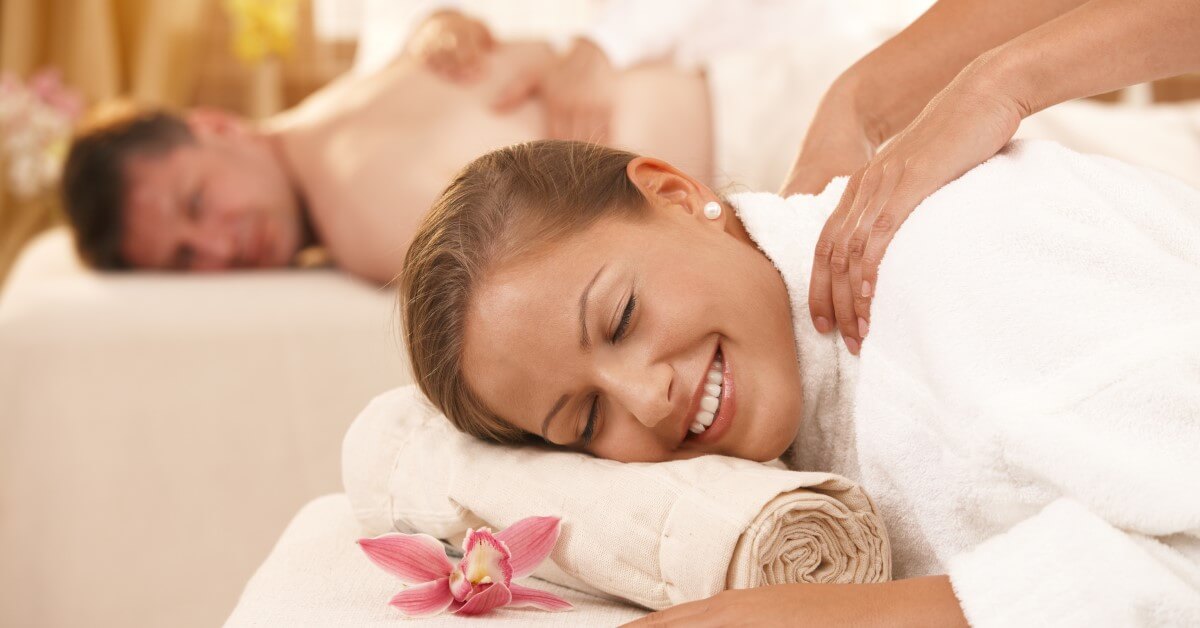Sleep is Health | Sleep Away your Getaway | What Does a Sleep-cation Look Like?
Overview
When you think about vacation (and who doesn’t?), chances are you are looking at enjoying the experience of being in another environment, different than the same old, same old.
Activities such as sightseeing, cultural events, enjoying local cuisine, or letting the stress of life’s routines melt away on a beach are usually high on this list.
Some of us even think about how wonderful it would be to catch up on sleep while we are away from our busy lives. However, a growing trend in the travel industry places sleep front and center of the vacation experience: a sleep-cation, if you will.
So if you are looking for next-level vacation relaxation, it may be focused entirely on that most restorative of disconnections.
Sleep is Health
Research shows that since the beginning of the coronavirus pandemic, insomnia rates have increased by 37 percent compared to pre-pandemic times.[1] And remember that even before the pandemic, insomnia was a highly prevalent issue, with around 30 percent of adults worldwide affected by this sleep condition.[2]
The COVID-19 pandemic has caused a significant change in how the importance of health and well-being is viewed. As sleep is considered one of the three pillars of health, the other two being exercise and nutrition, various industries are hatching some original and interesting ideas to take advantage of this trend. And it may just be what the weary traveler needs.
Sleep Away your Getaway
Sleep tourism is a relatively new subset of travel that has started picking up steam since the start of the pandemic.
It’s no wonder an increasing number of sleep-related services have started appearing on hotel and spa packages. Hotels are typically about a place to stay; however, the usual activities promoted in hotels and the travel industry have yet to be entirely sleep-focused.
Staying up late, eating heavy cuisine, and higher alcohol intake – all factors that can often profoundly impact sleep – are usually promoted in glamorized ways. After all, what better time to indulge than when you are free of day-to-day obligations?
However, as more people are looking for a place to catch up on sleep, the travel and hotel industries have begun to embrace this relatively new subset of travelers more focused on restorative sleep than late-night bingo at the swim-up bar.
What Does a Sleep-cation Look Like?
Hotels in the U.S., U.K., Spain, France, and Greece (to name a few) have started offering packaged stays of various lengths that include sleep-focused rooms and treatments.
Items such as pillows curated explicitly for each guest’s body type and sleeping habits, yoga, meditation, low-intensity exercise, and even nutritional direction to improve sleep are parts of the picture.
Hotel spas focus on deep relaxation with various therapies, massages, and even special mineral compositions of spa water that focus entirely on inducing a good night’s sleep.
Some packages will even include a sleep doctor and sleep tracker device for the entire stay.
Conclusion
There is an unfortunate trend when it comes to sleep. Few people get a good night’s rest than at any other observed time in history. Not only do we lead busy, constantly connected lives, but often the tools meant to make things more efficient (such as smartphones and tablets) can interfere with sleep in many ways.
As more industries, like travel, start targeting sleep, our society can realize a trend reversal towards better rest and health.
References:
- Morin CM, Carrier J. The acute effects of the COVID-19 pandemic on insomnia and psychological symptoms. Sleep Med. 2021;77:346-347. doi:10.1016/j.sleep.2020.06.005
- Roth T. (2007). Insomnia: definition, prevalence, etiology, and consequences. Journal of clinical sleep medicine : JCSM : official publication of the American Academy of Sleep Medicine, 3(5 Suppl), S7–S10. https://www.ncbi.nlm.nih.gov/pmc/articles/PMC1978319/






